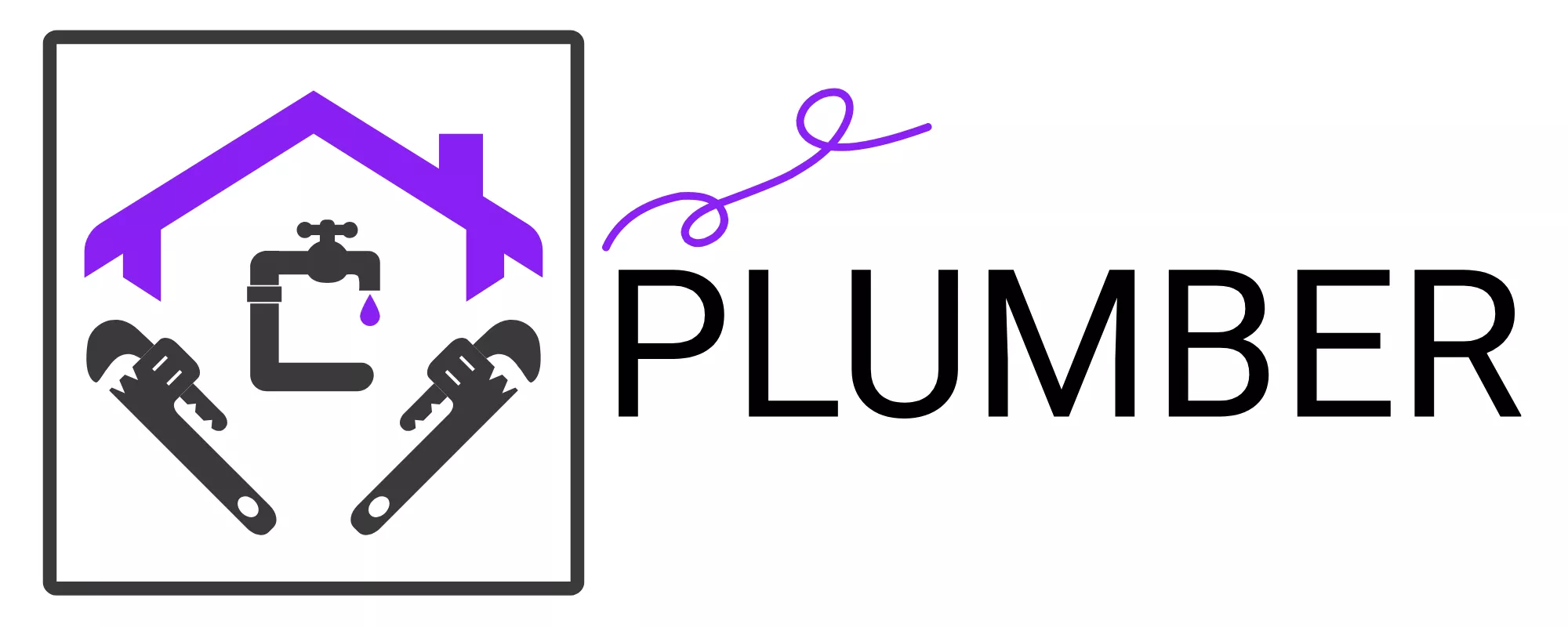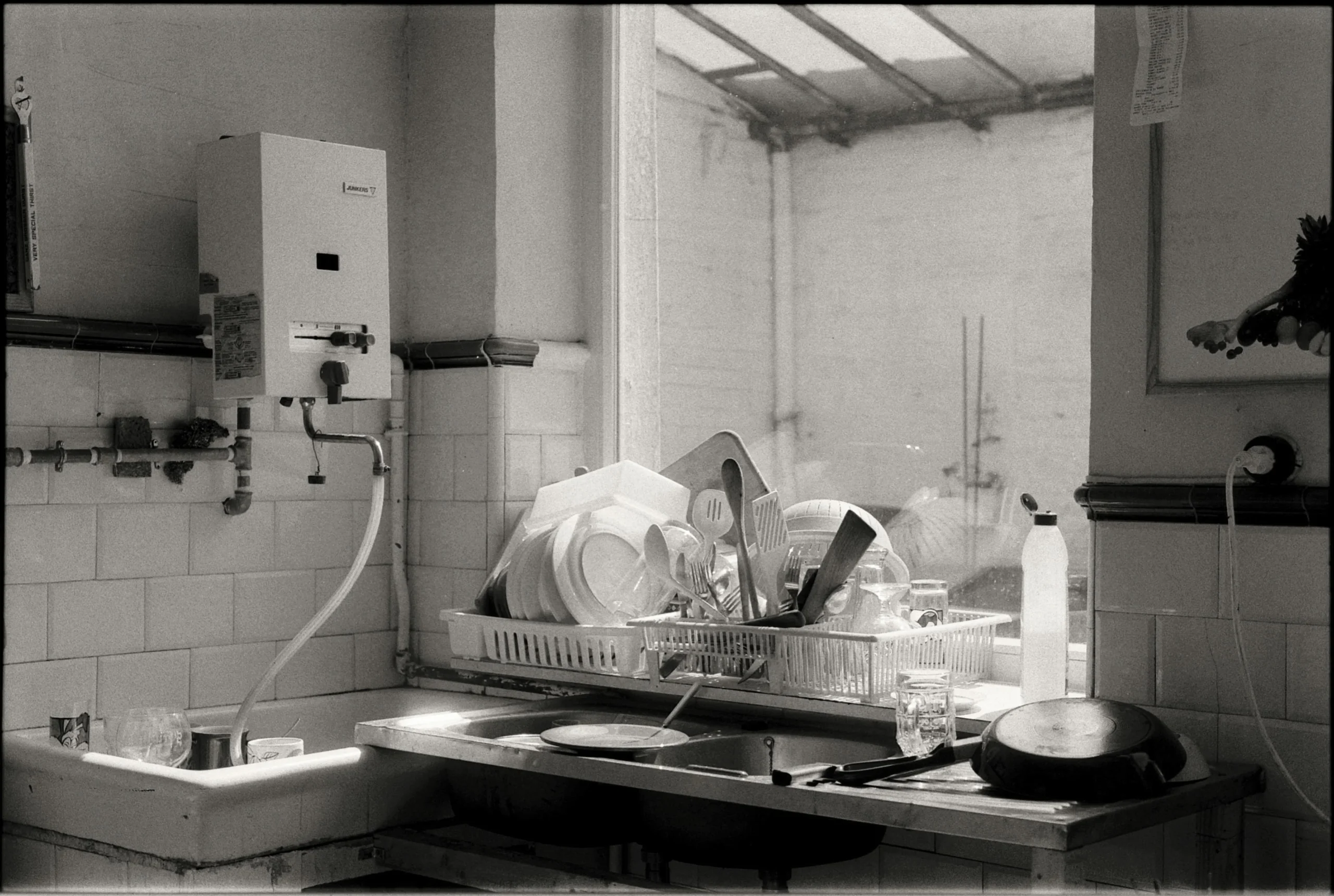Water Heater Installation & Repair: Ensuring Comfort and Efficiency
Introduction
A reliable water heater is essential for daily activities such as bathing, cooking, and cleaning. When your water heater malfunctions or you need a new one installed, professional plumbing services can ensure safe, efficient, and long-lasting results.
In this article, we’ll cover different types of water heaters, installation processes, repair solutions, and maintenance tips to keep your system running smoothly.
1. Types of Water Heaters
a) Storage Tank Water Heaters
- Most common type, stores hot water in a tank.
- Affordable but can run out of hot water if overused.
b) Tankless Water Heaters
- Heats water on demand, providing endless hot water.
- Energy-efficient and space-saving but has higher upfront cost.
c) Hybrid Water Heaters
- Combines storage and on-demand heating.
- More efficient than traditional tanks.
d) Solar Water Heaters
- Uses solar panels to heat water, eco-friendly.
- Works best in sunny regions.
2. Signs You Need Water Heater Repair
- No Hot Water – Could be due to heating element or thermostat failure.
- Inconsistent Water Temperature – Sediment buildup or faulty controls.
- Strange Noises – Rumbling or popping sounds often caused by sediment in the tank.
- Leaks – Indicates possible tank corrosion or loose connections.
- Rusty Water – Suggests tank lining deterioration or pipe corrosion.
3. Water Heater Installation Process
Step 1 – Choosing the Right Unit
A professional plumber will help you select the best water heater based on:
- Household/business hot water needs
- Energy efficiency goals
- Available budget
Step 2 – Removing the Old Unit
- Shut off power and water supply.
- Drain the existing water heater.
- Disconnect plumbing and electrical/gas connections.
Step 3 – Installing the New Water Heater
- Position the new unit in place.
- Connect water lines and power supply safely.
- Test the system for leaks and proper operation.
4. Water Heater Repair Solutions
- Heating Element Replacement – Restores hot water quickly.
- Thermostat Adjustment/Replacement – Ensures accurate temperature control.
- Flushing the Tank – Removes sediment buildup to improve efficiency.
- Leak Repairs – Fixes faulty valves, fittings, or minor cracks.
- Anode Rod Replacement – Prevents tank corrosion and extends lifespan.
5. Benefits of Professional Installation & Repair
- Safety – Prevents risks like gas leaks, electrical hazards, and flooding.
- Efficiency – Correct installation ensures optimal energy use.
- Warranty Protection – Many warranties require professional service.
- Longevity – Proper setup and repairs extend equipment lifespan.
6. Maintenance Tips for Your Water Heater
- Flush the tank once or twice a year to remove sediment.
- Check the pressure relief valve annually.
- Inspect and replace the anode rod every 3–5 years.
- Maintain a consistent thermostat setting (120°F is ideal).
- Schedule annual professional inspections.
7. Repair vs. Replacement – How to Decide
Choose Repair if:
- Unit is less than 8 years old.
- Problem is minor (e.g., faulty thermostat, leaky valve).
Choose Replacement if:
- Unit is over 10–12 years old.
- Tank has significant corrosion or major leaks.
- You want a more energy-efficient model.
8. Cost Factors
The cost of water heater installation or repair depends on:
- Type and size of the unit
- Labor rates in your area
- Additional plumbing or electrical work required
While DIY installation may seem cheaper, incorrect setup can lead to costly damages, voided warranties, and safety risks.
Conclusion
Your water heater is a vital part of your daily comfort and convenience. Whether you need a new installation or repairs, hiring a professional plumber ensures safety, efficiency, and long-term reliability.
By maintaining your system regularly and addressing issues promptly, you can enjoy consistent hot water while saving on energy costs.

